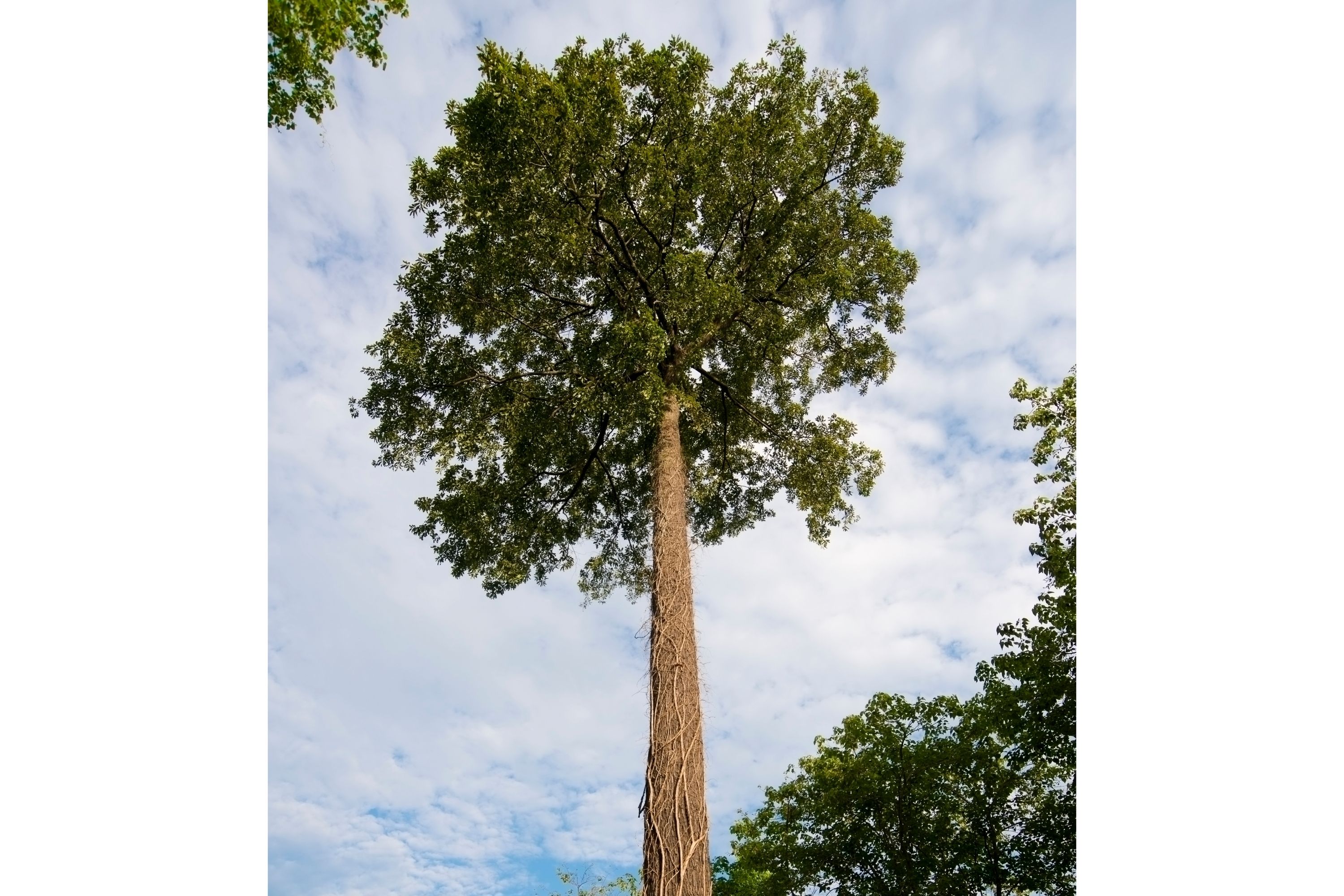Brazil nut
(Bertholletia excelsa)

Description
The Brazil nut (Bertholletia excelsa) is a South American tree in the family Lecythidaceae, and it is also the name of the tree's commercially harvested edible seeds. It is one of the largest and longest-lived trees in the Amazon rainforest. The fruit and its nutshell containing the edible Brazil nut are relatively large, possibly weighing as much as 2 kg (4 lb 7 oz) in total weight. As food, Brazil nuts are notable for diverse content of micronutrients, especially a high amount of selenium. The wood of the Brazil nut tree is prized for its quality in carpentry, In various countries of South America, Brazil nuts are called castañas de Brasil or nuez de Brasil (Spanish). In Brazil, they are more commonly called "castanha-do-pará" (meaning "chestnuts from Pará" in Portuguese), with other names used in remote and/or small localities. In North America, as early as 1896, Brazil nuts were sometimes known by the slang term "nigger toes", a vulgarity that gradually fell out of use as the racial slur became socially unacceptable. The Brazil nut family, the Lecythidaceae, is in the order Ericales, as are other well-known plants such as blueberries, cranberries, sapote, gutta-percha, tea, phlox, and persimmons. The tree is the only species in the monotypic genus Bertholletia, named after French chemist Claude Louis Berthollet. The Brazil nut is a large tree, reaching 50 m (160 ft) tall and with a trunk 1 to 2 m (3 ft 3 in to 6 ft 7 in) in diameter, making it among the largest of trees in the Amazon rainforest. It may live for 500 years or more, and can often reach a thousand years of age. The stem is straight and commonly without branches for well over half the tree's height, with a large, emergent crown of long branches above the surrounding canopy of other trees. The bark is grayish and smooth. The leaves are dry-season deciduous, alternate, simple, entire or crenate, oblong, 20–35 cm (8–14 in) long, and 10–15 cm (4–6 in) broad. The flowers are small, greenish-white, in panicles 5–10 cm (2–4 in) long; each flower has a two-parted, deciduous calyx, six unequal cream-colored petals, and numerous stamens united into a broad, hood-shaped mass. In Brazil, cutting down a Brazil nut tree (typically with the intent of harvesting lumber and Brazil nuts) is illegal, unless done with previous authorization from the Brazilian Institute of Environment and Renewable Natural Resources.
Taxonomic tree:







